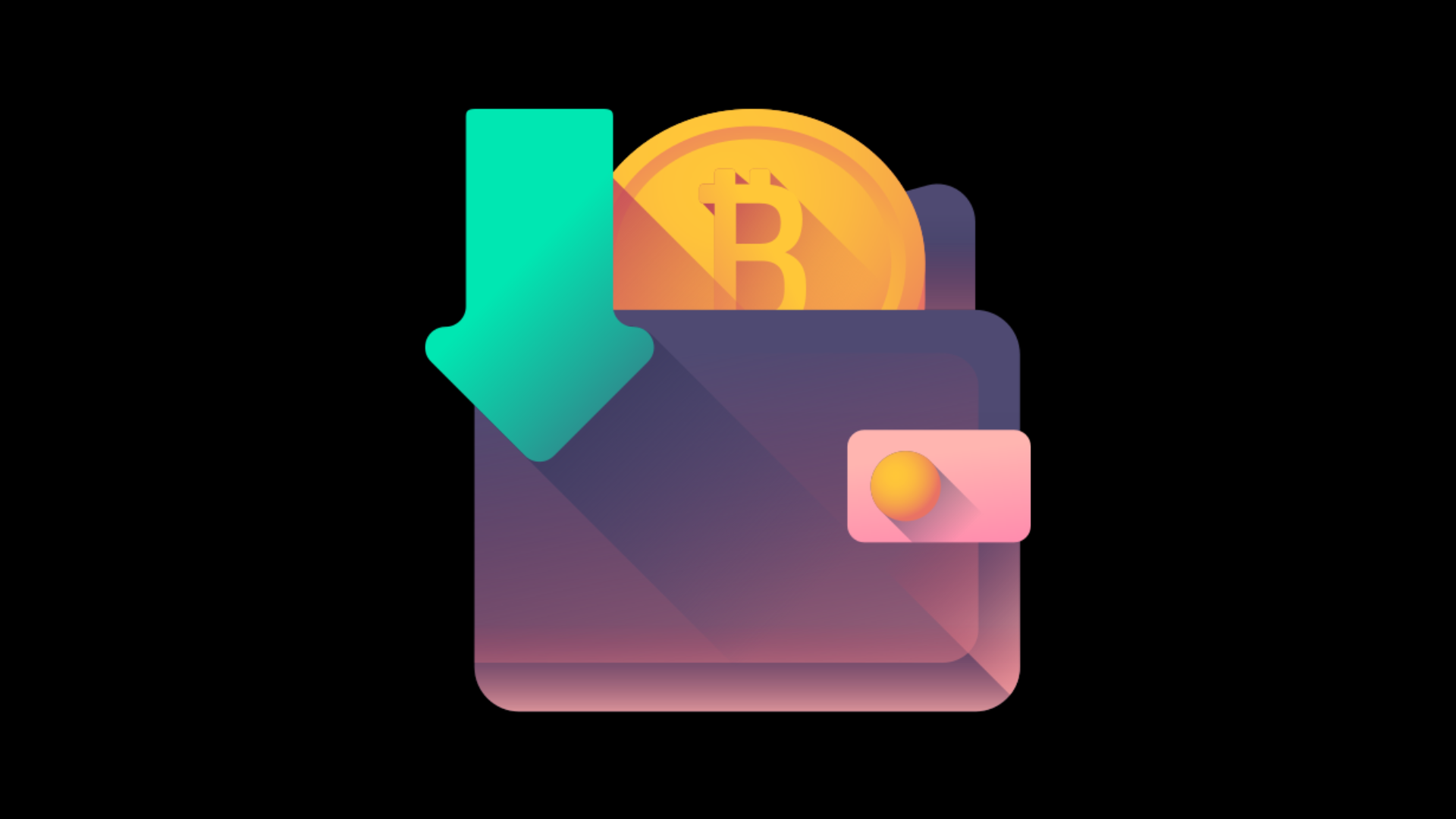
Staking is a way of supporting the blockchain based on the Proof of Stake consensus algorithm by freezing or storing coins on a special account.
The right to validate transactions depends on the number and age of coins locked up on a crypto wallet. The longer you hold onto staking assets and the more coins you pledge, the higher is the reward.
How Proof of Stake (PoS) works
The Proof of Stake algorithm is a replacement of traditional miners by validators who validate new blocks. The system is called validation. Consensus mechanisms make blockchains decentralized and secure participants from misconducts and unjust acts.
The Proof of Stake algorithm solves many of the disadvantages of the Proof of Work (PoW) algorithm, being highly energy-efficient and having low entry threshold and easy scalability.
Read more about consensus mechanisms here: Proof of Work vs. Proof of Stake: definitions and difference explained
How to earn money staking crypto
On the surface, staking is like a bank deposit. Users know interest rates and deposit terms in advance. With core knowledge of math, it is easy to calculate the revenue.
For staking crypto there is no need in additional investment in special equipment and high energy bills. The only investment is purchasing of any given crypto currency.
The concept of the scheme is simple: purchase coins → transfer coins to staking → withdraw any amount with a reward.
Investment profitability differs and depends upon a certain crypto project and staking platform. Investors are promised a 10% or a 100% profit at little to no risk with. In the second case, investors have to be aware of tactics fraudsters use to lure them into scams.
Learn more about scam-projects here: How to identify cryptocurrency scams
What are the risks of staking crypto
Major benefits of staking are passive income, low entry threshold and energy efficiency. However, there are certain types of risks as with anything in the financial services sector. There are security dangers for staking platforms associated with hacking and cyber-attacks. The problem is not unique: it is significant both for crypto currency holders and fiat money bank account owners.
The biggest risk is that crypto prices are volatile and can drop quickly. If your staked assets suffer a large price drop, that could outweigh any interest you earn on them.
Again, good cyber hygiene habits help stay safe: storing securely and changing your passwords, avoiding clicks on suspicious links. Mostly, hacking the target’s devices in blockchains have to do with man-made practice, not machines.
Bitcoin Additional is actually staking Bitcoin within the Proof of Stake algorithm
It sounds unusual since the Bitcoin network uses a Proof of Work mechanism. Mining Bitcoin requires significant capital investment. Why we talk about staking then?
Actually, there is nothing unusual. Bitcoin Additional is a fork of Bitcoin functioning within the Proof of Stake eco-friendly consensus algorithm. Moreover, Bitcoin Additional is a stablecoin of Bitcoin. That means the price of BTCa equals Bitcoin. You can exchange Bitcoin Additional to Bitcoin at a ratio of 1:1. Thus, that comes to the same thing as Bitcoin staking.
Bitcoin Additional eliminates coin’s volatility risk. Well, Bitcoin fluctuates in recent time but Bitcoin is still one of the top cryptocurrencies with the potential to show the best growth. Despite a sharp fall in price, for sure Bitcoin will rise back up.
Bitcoin Additional staking does not require to store coins at crypto exchange: users download a desktop wallet and store coins on their own device.
Useful Links:
